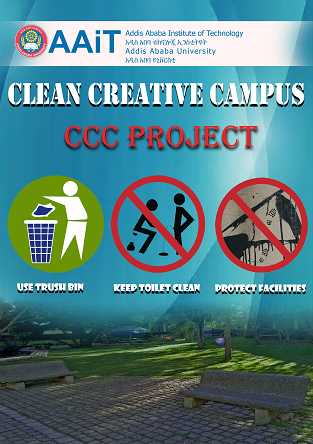
1. Role of Managing Director Office
- Financial, administrative and organizational operating business
- Institutional standard measures (Compliance with Legal Provisions)
- Budget planning, steering and the expenditure policy
- To plan the budget of the institute, including requests for block-grant budget
- A healthy balance of income and expenditure
- Human resource policy, planning of the personal budget
- Organization, structures and procedures
- To oversee recruitment processes for administrative staff (select, manage, dismiss)
- Build and maintain a system of procurement
- Building construction projects, facility planning, maintenance
- Prepare institutional plans and budget and implementation upon approval
- Manage all property at the disposal of Institute
- The development of an information and communication tech. strategy
- To build and maintain a reliable safety and security
- To increase the number of external revenue sources
- Develop proposal for establishment of commercial enterprises
2. Strategic Directions (Adm.)
1. Strategy (AAiT)
2. Differenciation Strategy for AAiT (IOT level)
-
- ① Strengthen Basic Capability: Specialization(of manpower), Org. structure, Incentives, Process, Infra. ② Choose & Focus: Core Technology(chair), Manpower, Infra, Business(area) ③ Value Creation: Synergy between academic and adm. staffs, Works Efficiency, New Venture, Int’l cooperation,Patents etc
- ① 100% English Lecture -> Global capacity for students, global students ② e-teaching : collaboration with KAIST etc (t smart classroom) ③ Postgraduate oriented academic program -> separate B/D (LAB), special/unique curriculums (eg. Tech MBA) ④ Int’l thesis (publ.) : one thesis one year for all aca. staffs (above lecturer) ⑤ International collaboration : Korea, Germany(EU), USA, China, UN, etc -> Incubation center for New (global) venture company ⑥ CCC (Clean Creative Campus) : good/creative environment for study ⑦ Power Brand for AAiT : AAiT > AAU
3. Strategic Chart
4 Management Principles
- ① Rule and Regulation
- Every workers should follow Govt., Internal process, approval system (H/R, Financing, Procurement, General SVC/Property, Security etc)
- The concepts of “Standard”, “Fair”, “Open” are very important
② Efficiency and Smart
- Performance (with speedy decision), Quality, Value Creativeness oriented thinking/working, ICT-based Management.
③ Responsibity and Incentives
- Without Responsibility, without Power(Role)
- Fair evaluation, strong personal/unit Incentives (“Good Competition”)
④ Customer based
- Students, Teaching staffs, Adm.staffs(between dept.) etc
